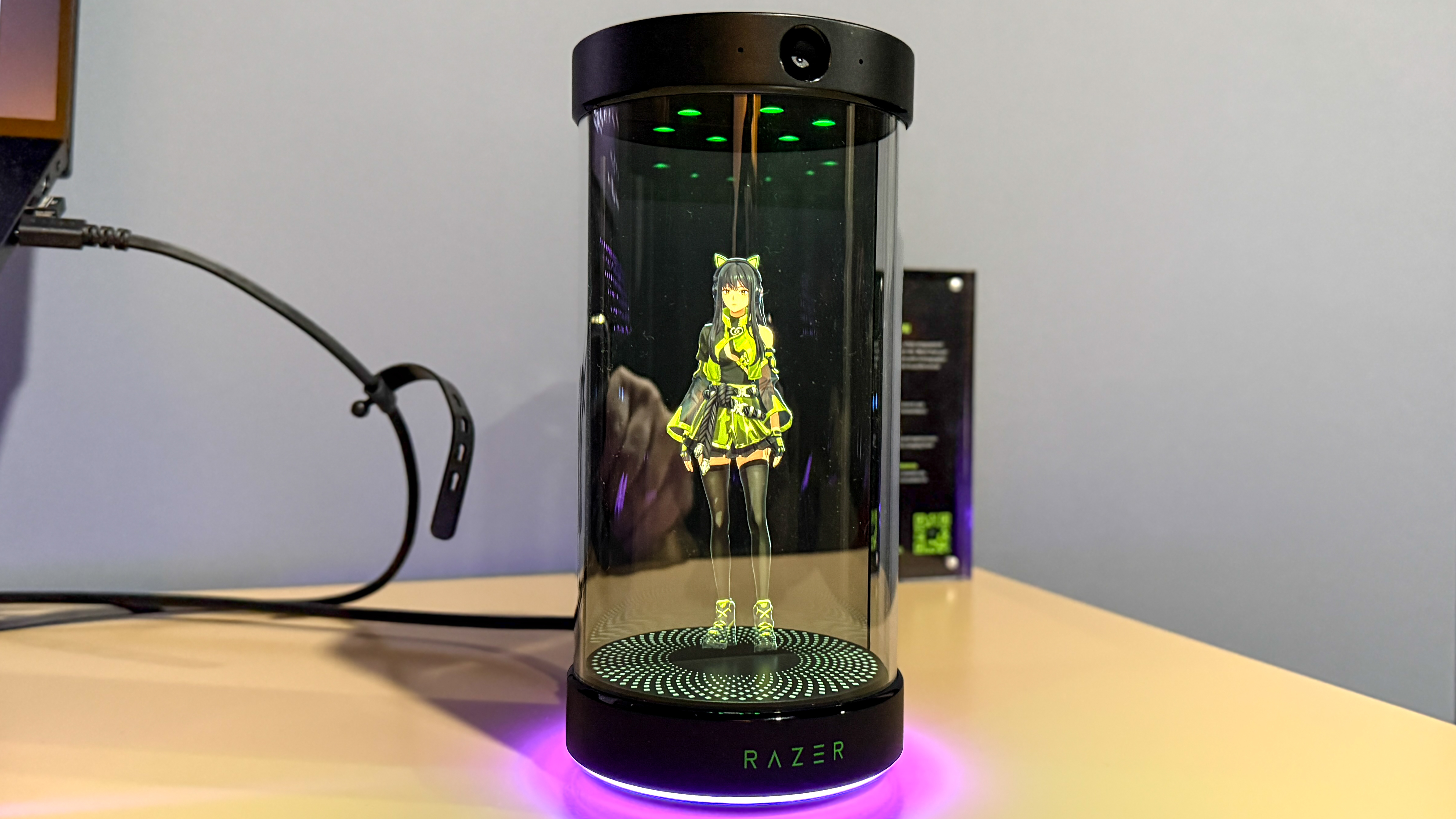9 things to look for when buying a clothes dryer
Looking to buy a clothes dryer? Read this first

Shopping for a new clothes dryer? While these appliances may look similar to one another, the design and performance can vary substantially. And considering the price you have to pay and the impact it will have on your laundry day, it’s not a decision you want to get wrong. That’s why you need to know what to look for to find the best clothes dryer for you.
The right clothes dryer will differ from person to person. For instance, you may want a model designed for large amounts of laundry, or perhaps one with sanitization at the core of its design. Whatever your needs, it can be tricky to know where to start. That’s where we can help. We’ve pulled together 9 things to look for when buying a clothes dryer, so you can have confidence in your final decision.
Want to learn more? I test appliances for a living — here are my top 9 clothes dryer tips. Plus, here are 7 clothes dryer mistakes to avoid at all costs.
1. Heat source: Gas or electric?
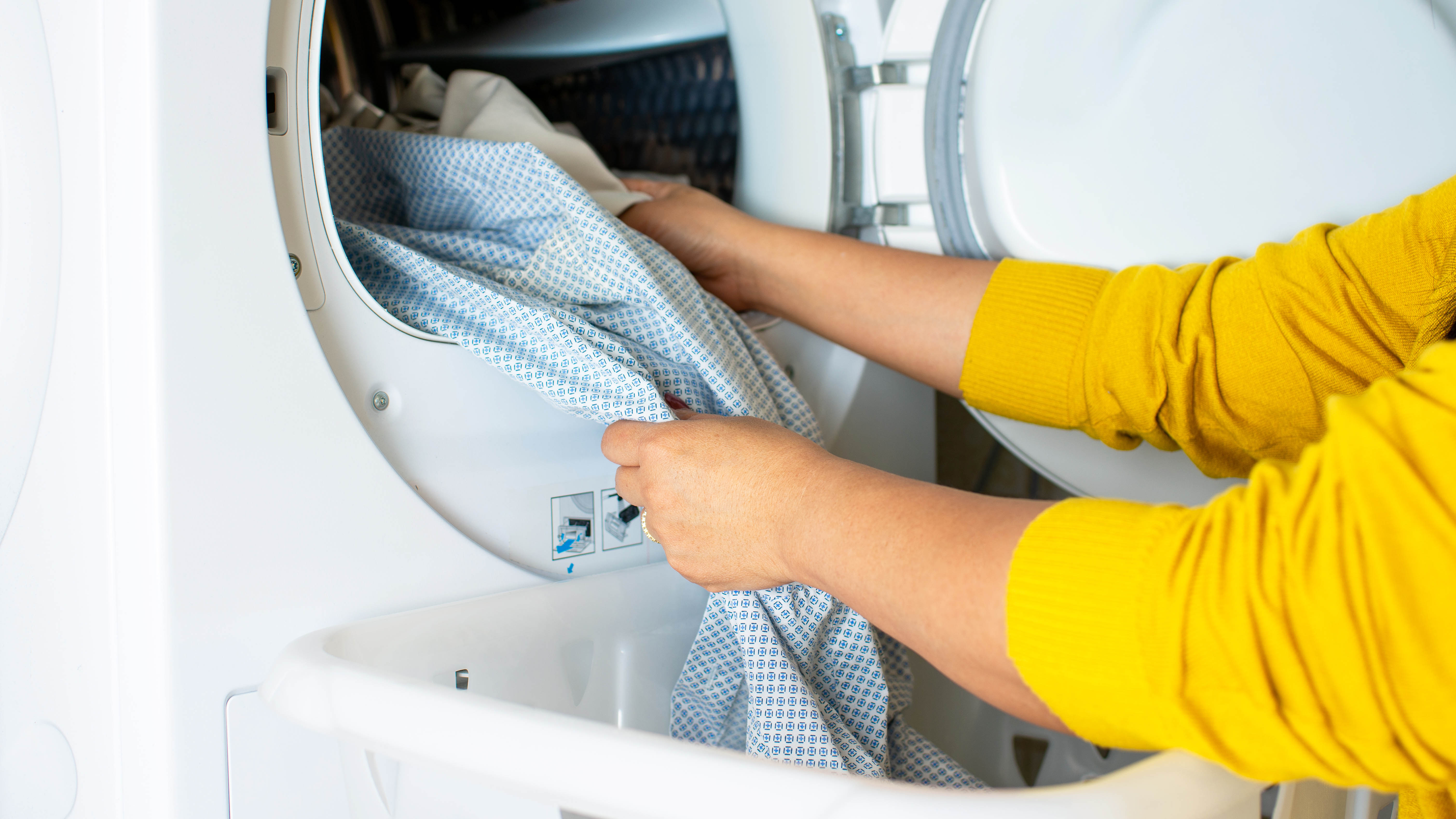
There are two types of clothes dryer available: electric and gas, both of which remain popular options, although electric is the more predominant nowadays. This indicates the fuel type your clothes dryer will use — it will need to be installed with access to either a gas line or an adequate electricity supply. Check what your previous clothes dryer used to confirm fuel options. You can always convert, but this can be expensive.
Gas dryers are generally the more cost effective option, because they’re quick to heat and take less time versus electric. However, electric is generally easier to install, cheaper upfront and there’s a wider range of options to choose from.
For more info on the differences, see gas dryer vs electric — which is better?
2. Vented or ventless
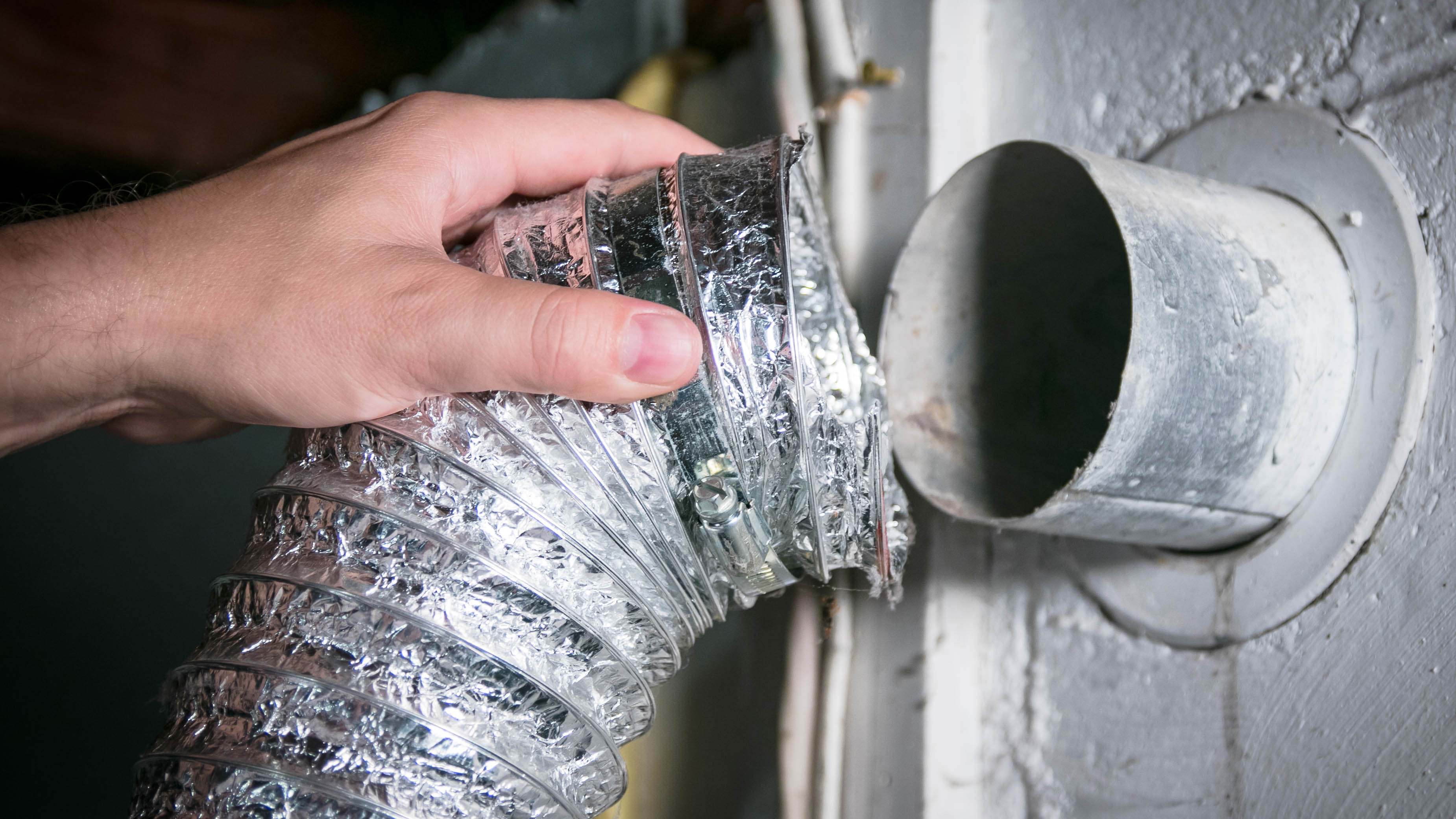
Once you know your fuel type, you need to consider whether you want a vented or ventless design. Gas clothes dryers will always be vented; this is because it produces carbon monoxide as part of its combustion process, which must be exhausted outside. So if you intend to install a gas clothes dryer, you will need access to a vent. Because lint can build up in this vent and lead to a fire hazard, you will also need to learn how to clean a dryer vent.
Get instant access to breaking news, the hottest reviews, great deals and helpful tips.
Electric dryers can be vented or ventless. These include the likes of condenser and heat pump options. A condenser-type clothes dryer will condense the air to extract excess moisture during use, which can then be drained away or removed manually. A heat pump clothes dryer will additionally re-use the air once the water has been removed via an evaporator, rather than immediately discarding it. Ventless models will not need access to a vent and they’re generally more convenient because of this. They’re also more energy efficient; however vented clothes dryers work faster.
3. Capacity
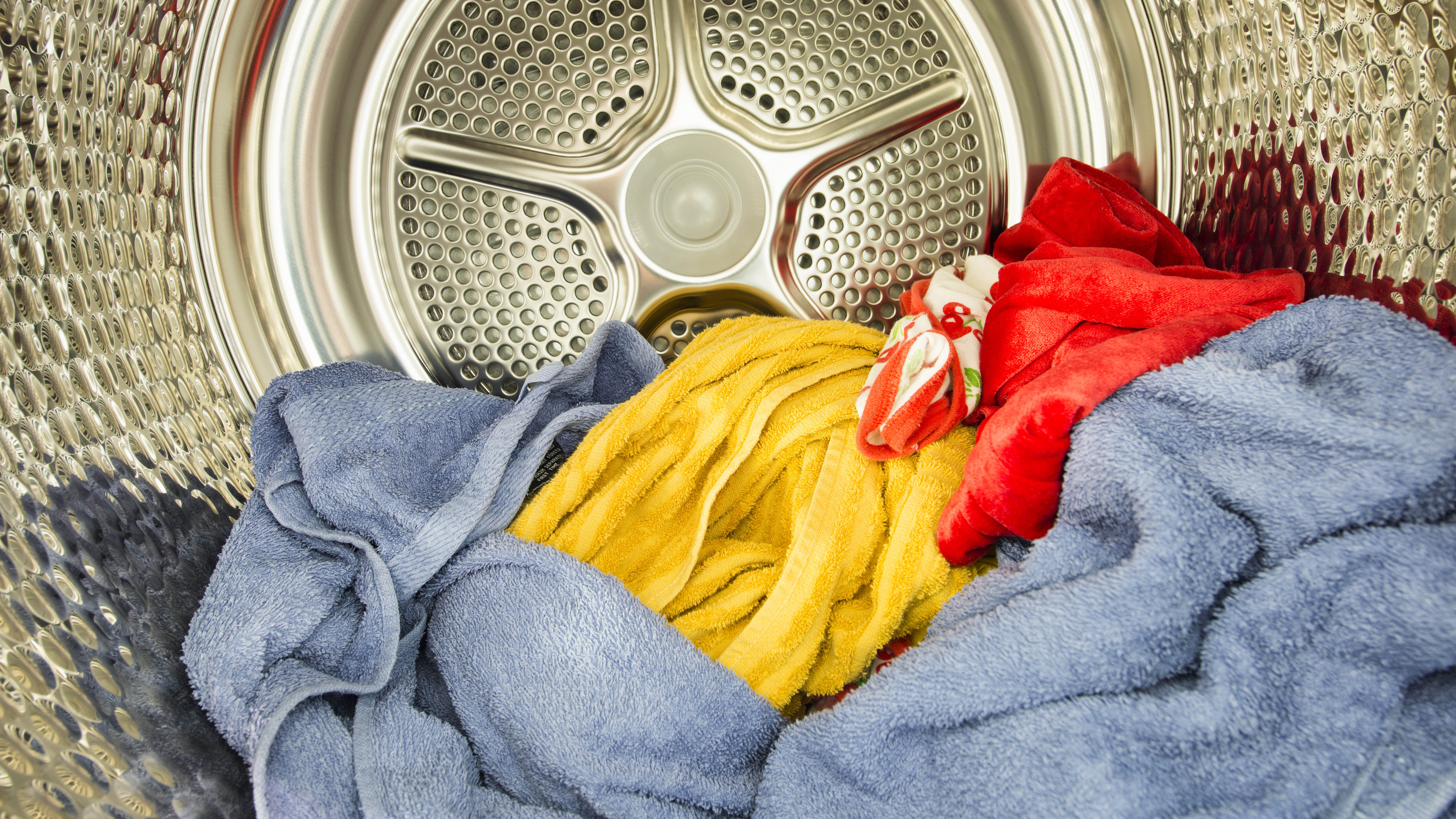
The next specification to consider is the capacity. The last thing you want is a clothes dryer which can’t handle a full load from your washer. Otherwise, you will have to dry in batches, which wastes a lot of time and energy. Consider how much laundry you usually wash at a time, and make sure your dryer will be able to keep up with demand.
Generally speaking, if you’re washing enough for a family of four or more, you should aim for a capacity of 7.0 cubic feet or higher. Alternatively, you could simply shop for twice the capacity of your washing machine. This will provide ample room for a full load. Remember — unlike one of the best washing machines, a clothes dryer requires space in the drum for optimal performance. This helps the hot air circulate and reach each of the items as they rotate.
4. Settings
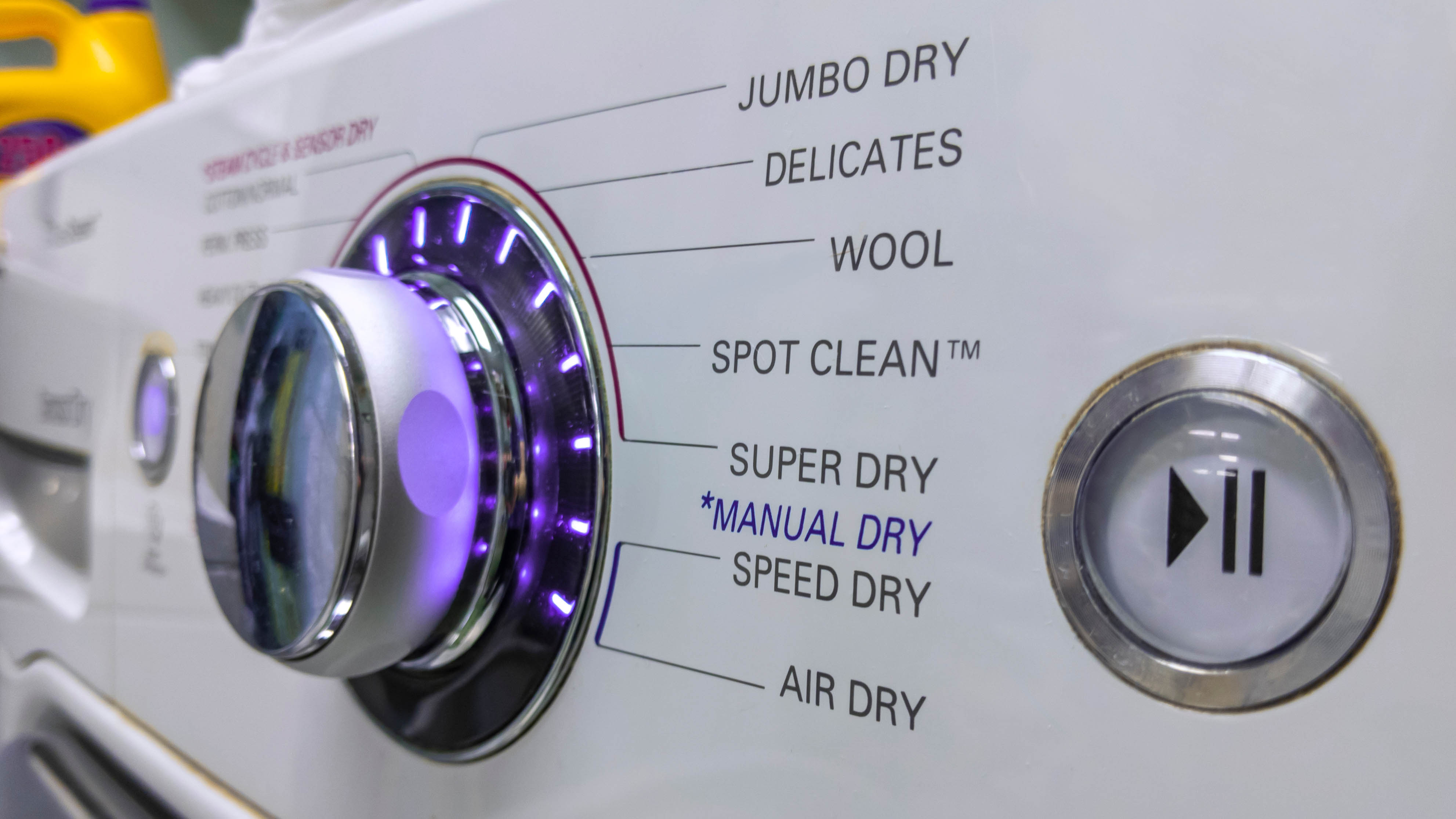
Once you’ve got your basic design needs sorted, you can start looking into the specifics — namely, the settings and features available. You may not know it, but modern clothes dryers offer more than just timers. There are an abundance of settings to suit different needs and materials. For instance, the steam setting has particularly soared in popularity as of late — this can remove awkward wrinkles as well as sanitize and freshen the load.
There’s often settings to suit activewear as well as bedding and delicates too. These can ensure the temperature and time are suited to your particular items. If you’re a fan of all things smart home, smart connectivity is becoming more popular with clothes dryers as well. With this, you can control and monitor the appliance from your phone as well as download additional programs, should you need them.
5. Design features

Design features should also be considered. If you’re tight for space, a stackable model may be in your best interest. These clothes dryers can be stacked on top of the corresponding washer, taking up half the standard floor space while still giving you access to both appliances. Some are clever enough to communicate and be controlled via only one of the panels.
Another useful design feature is an interior light. This can help you see the inside of the drum much more clearly, so you can avoid losing any socks in there. A glass door can help you see within the drum while it’s running as well, so you can keep an eye on tangling as well as the drying process.
If tangling really bothers you, we’ve pulled together 7 ways to prevent your clothes from tangling in the clothes dryer.
6. Energy rating

Whether you opt for a gas or an electric clothes dryer, it’s going to cost you money to run. So, it’s important to check you’re getting an efficient model to save on your bills. Energy-saving features can help you do this, or alternatively you can just look out for those which are Energy Star certified. These will use 20% less energy versus standard models.
Moisture sensors are particularly useful for saving energy as well. With these, your clothes dryer will be able to sense how much moisture remains in the drum and adjust its time accordingly. That means it won’t run for longer than necessary and you avoid the risk of damaging your clothes from over-drying as well.
7. Noise
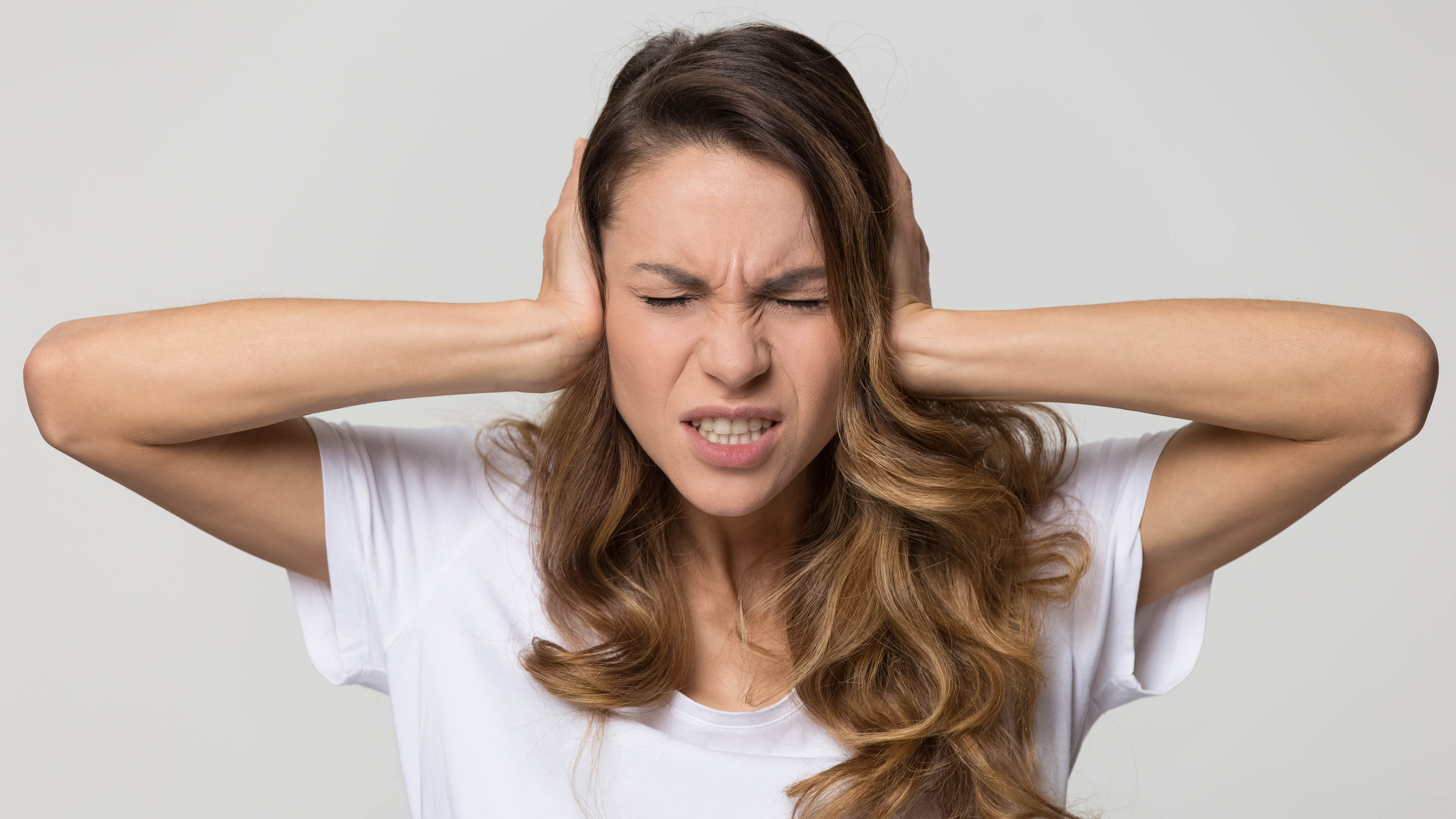
It’s not something you immediately think of when shopping for a clothes dryer, but noise is important. If your clothes dryer makes a ruckus as it runs, it can overpower conversation and become a nuisance when you’re trying to focus. That means you may not be able to run it while you have guests over, or while you're trying to work.
Unfortunately, most clothes dryers won't advertise noise ratings, but you can opt for models which feature vibration reduction technology to help you out. Alternatively, check out customer reviews to see how consumers rate it for its noise.
You can always hang the clothes to dry if you need to avoid noise. This is one of the benefits when comparing air dry vs dryer.
8. Price
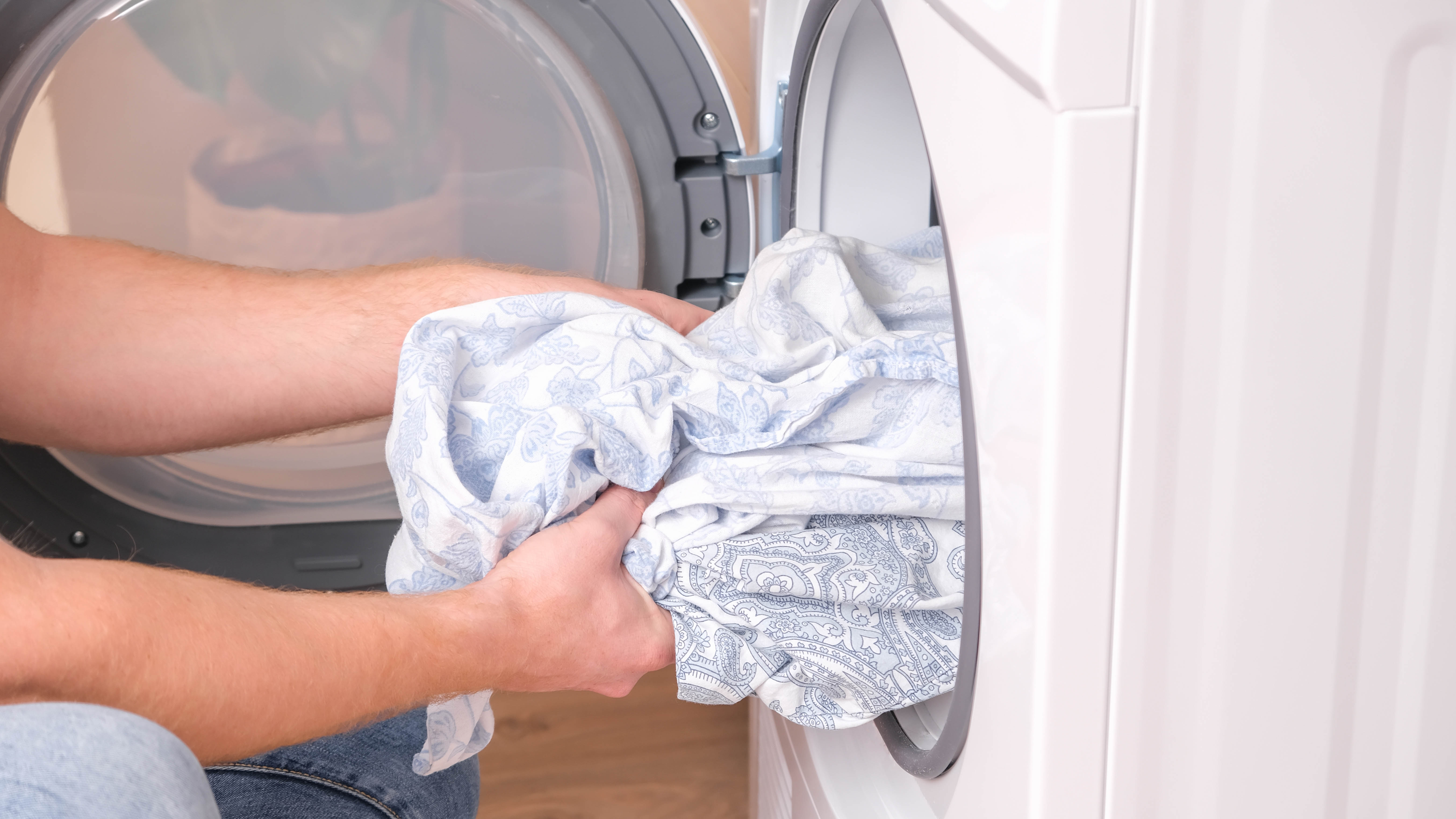
Of course, you can’t forget about the price. The price of any appliance should always be considered. Clothes dryers will generally cost anywhere from $300 up to $1800, so you’re looking at a huge difference depending on the features you get. Smart technology as well as moisture sensors and LCD displays will increase the price, while cheaper designs will tend to feature a basic analogue dial and limited settings. You don’t have to pay top dollar to get the best clothes dryer, but you do need to consider which settings and features you require.
To stop yourself from overspending, consider a budget as well as your needs and necessities before you start shopping. By referring back to these and using them for guidance, you can keep an eye on your expenditure.
9. Washer-dryer machines
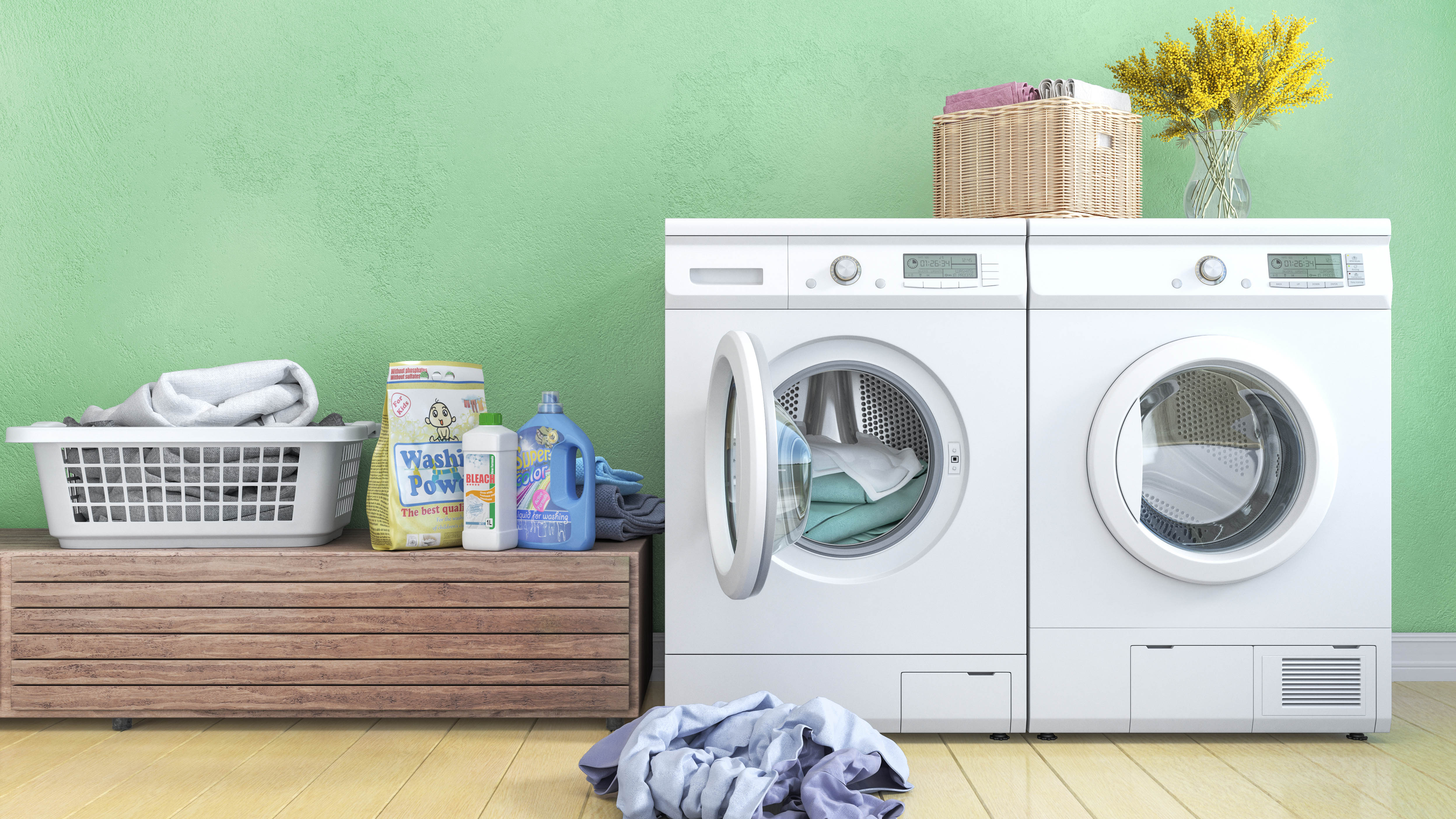
Another option you might want to consider is washer-dryer combos. These are popular in the U.K., but less so in the U.S. Essentially, this comprises two machines in one, acting as both a washer and a clothes dryer. They can save you money upfront versus buying the machines separately as well as the space of storing both.
However, in our experience, these don’t perform as well as independent machines, so if you’ve got the space as well as the budget, we recommend sticking to dedicated models.
To learn more, see washer-dryer combos — 5 reasons to buy and 5 reasons to skip.
More from Tom's Guide

Katie Mortram used to be a Homes Editor for Tom's Guide, where she oversaw everything from kitchen appliances to gardening tools, as well as smart home tech. Specializing in providing expert advice for cleaning and home manintenance, she now works as Household Advice Editor for Good Housekeeping.
